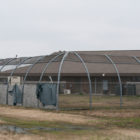
Sexual Assault, Suicide Attempts at 2 Understaffed Arkansas Lockups
|
Teenagers confined to two state-run South Arkansas juvenile lockup frequently were not adequately supervised, according to nine current and former staffers...
Juvenile Justice Information Exchange (https://jjie.org/tag/arkansas/)

Teenagers confined to two state-run South Arkansas juvenile lockup frequently were not adequately supervised, according to nine current and former staffers...

Teenagers confined to two state-run South Arkansas juvenile lockup facilities lived in unsafe and unsanitary conditions for much of 2017, an Arkansas Nonprofit News Network investigation has found.
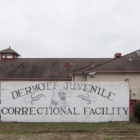
Teenagers confined to two state-run South Arkansas juvenile lockup facilities saw many of their basic needs neglected for much of 2017, an Arkansas Nonprofit News Network investigation has found.

Two decades ago, Arkansas had the lowest delinquent youth confinement rate in the region and one of the lowest in the nation, according to the U.S. Department of Justice's Office of Juvenile Justice and Delinquency Prevention.

The number of delinquent youth remanded to the Arkansas Division of Youth Services during the fiscal year that ended in July was the lowest in at least two decades, according to figures recently released by the DYS.
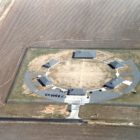
Around four months ago, Benjamin Knuckles’ 16-year-old son tried to escape from the Dermott Juvenile Treatment Center. As punishment, he was driven up the road to the Dermott Juvenile Correctional Facility, a nearby facility for 18-21-year-olds, and placed alone in a single-cell unit. He remained confined there for more than 24 hours.
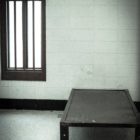
In April, a 15-year-old boy housed at the Arkansas Juvenile Assessment and Treatment Center spent the entire day alone in a small cell. Michael (the names of juveniles in this story have been changed to protect their anonymity) was put in a hold by a guard and taken out of his classroom at the facility's school. As he repeatedly said, "I am not resisting" and "no aggression" — a phrase used at AJATC to indicate compliance — Michael was brought across campus to Building 19.

While the man behind the landmark decision that ended mandatory life-without-parole sentences for juveniles waits for a new sentence, other inmates given the same term are getting a shot at eventual freedom.
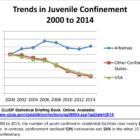
Over the past two years, Arkansas’ juvenile justice system has burst into the news repeatedly — and for all the wrong reasons.

In 1991, The Arkansas Democrat-Gazette published an article on the state’s juvenile justice system bearing the ominous headline “Stacked in centers, youths in trouble fall through the cracks.” The story also featured comments from a consultant, who said – two years prior – “too many youths who could better be served in community-based treatment were being inappropriately and unnecessarily held in state confinement.”
Over the next seven years, matters only worsened for the state’s juvenile justice system. In 1998, The Democrat-Gazette published a five-part series entitled “Juvenile Justice: The War Within” detailing the failings of the state’s juvenile incarceration sites. Three years after the series was published, two juveniles at the Alexander Youth Services Center – the state’s largest juvenile incarceration facility – committed suicide within a span of six months. A year later, the Civil Rights Division of the United States Department of Justice conducted an investigation of the facility, determining that the conditions at Alexander were so substandard that the constitutional rights of detained youth were being violated. By 2007, state officials decided it was time to completely overhaul Arkansas’ juvenile justice system, culminating with the enactment of state Senate Resolution 31, which authorized a comprehensive study with the intent of reducing “reliance on large juvenile correctional facilities” within the state.